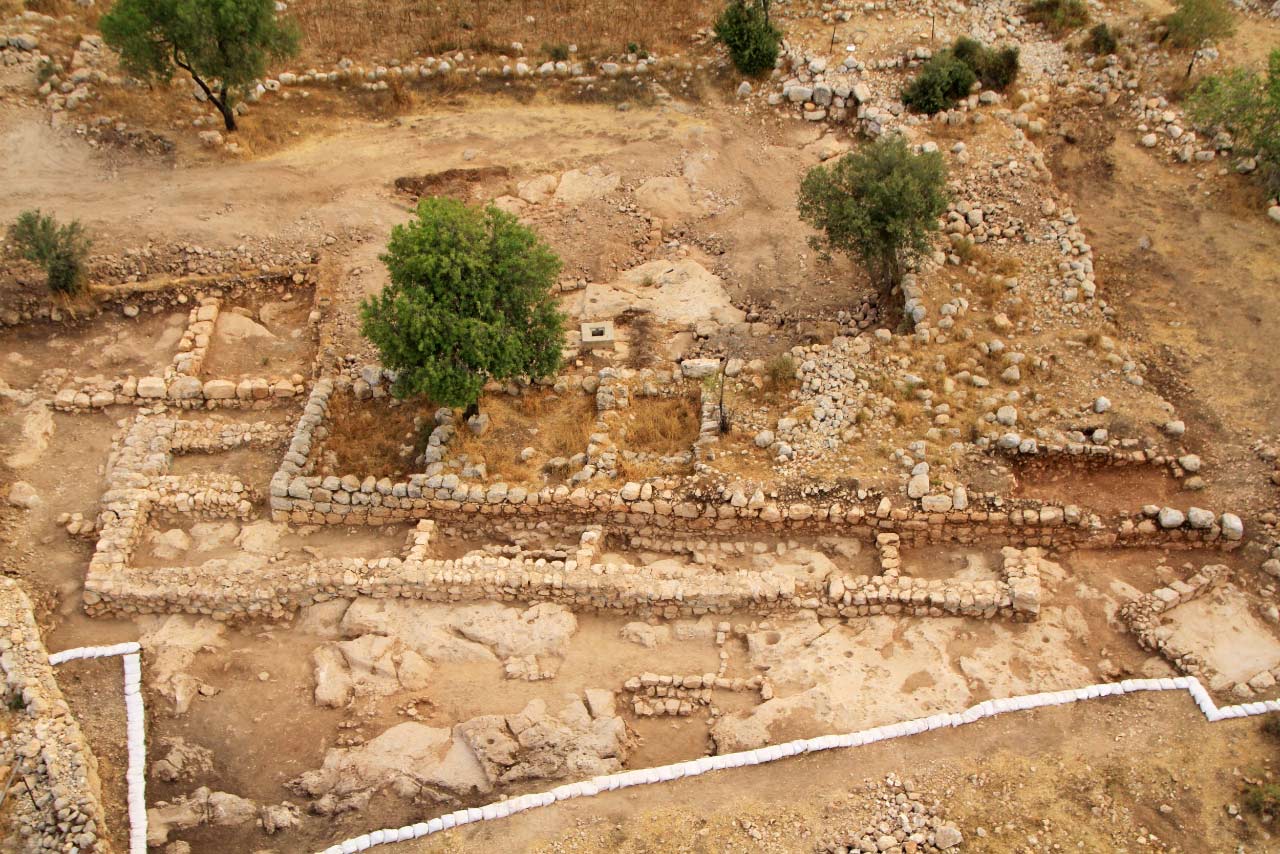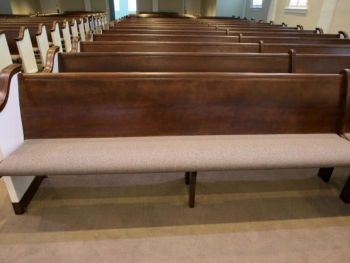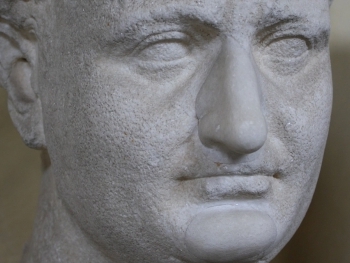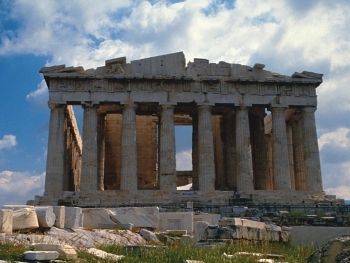King David is one of the most important figures in the history of the ancient Near East. As the second king of Israel and founder of the Davidic dynasty, he is credited with unifying the tribes of Israel and establishing Jerusalem as the capital of his kingdom. Despite his significance, relatively little is known about David's life and reign, and the details of his palace in Jerusalem have remained shrouded in mystery for centuries.
In recent years, however, archaeologists have made significant progress in uncovering the secrets of King David's palace. The site, which is located on a narrow ridge south of the Temple Mount, was first excavated in the 19th century, but it wasn't until the 1990s that a systematic archaeological survey was undertaken.
Since then, numerous discoveries have been made that shed new light on the layout, architecture, and function of David's palace. Among the most significant finds are the remains of a massive fortification wall that protected the western side of the city, as well as a large water reservoir that could hold up to 250,000 gallons of water.
In addition to these features, excavations have also uncovered a series of large stone structures that are believed to have been part of the palace complex. These structures, which date back to the 10th century BCE, feature intricate carvings and decorations that suggest they were used for ceremonial purposes.
Perhaps the most remarkable discovery at the site, however, is a large stone structure that is believed to have been a throne room. The room, which measures over 50 feet long and 30 feet wide, is decorated with colorful frescoes and features a raised platform that is thought to have been the location of the king's throne.
Together, these discoveries paint a vivid picture of King David's palace and provide valuable insights into the architecture, culture, and politics of ancient Israel. They also underscore the importance of archaeological research in deepening our understanding of the Bible and the world in which it was written.
As excavations at the site continue, archaeologists hope to uncover even more information about King David's palace and the society that he ruled over. And for scholars and enthusiasts alike, these discoveries serve as a reminder of the rich history and culture that lies buried beneath the streets of Jerusalem.




